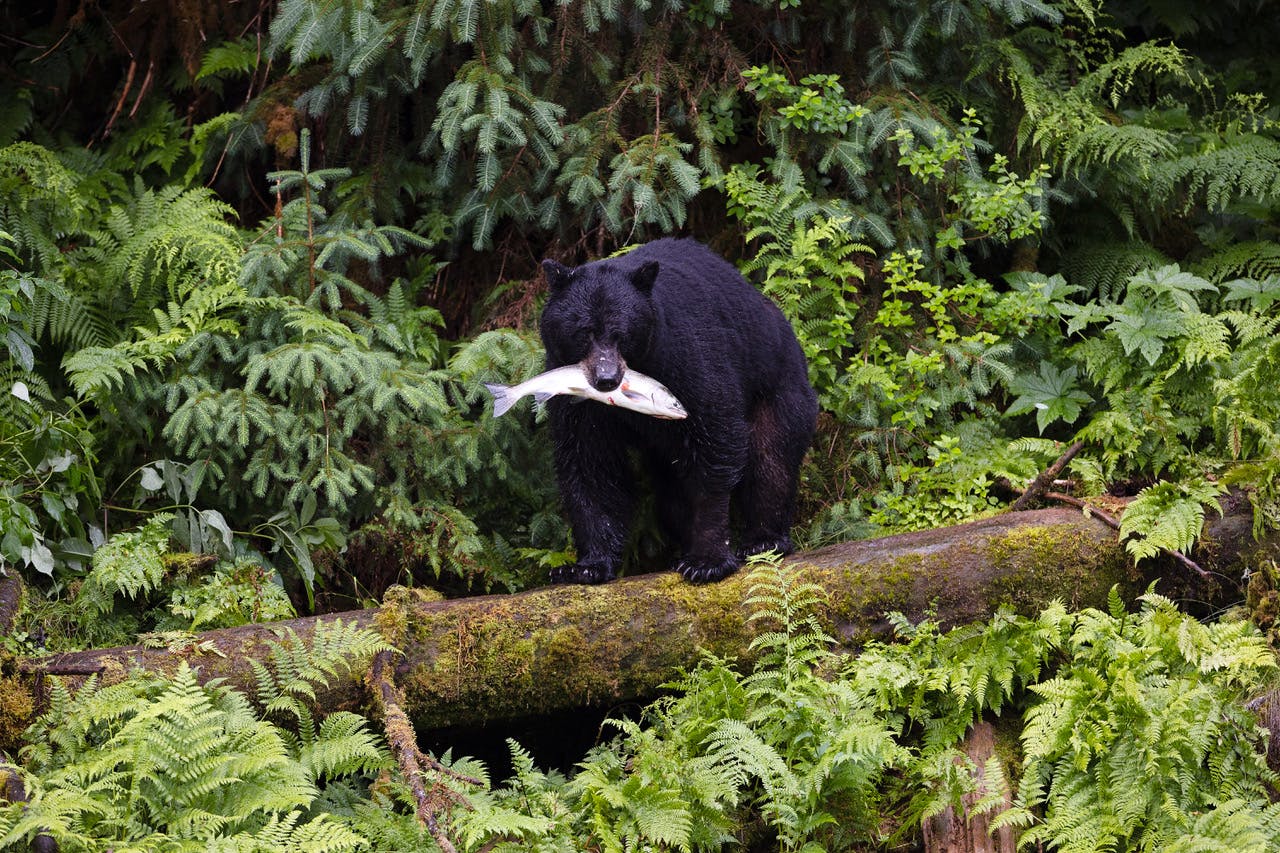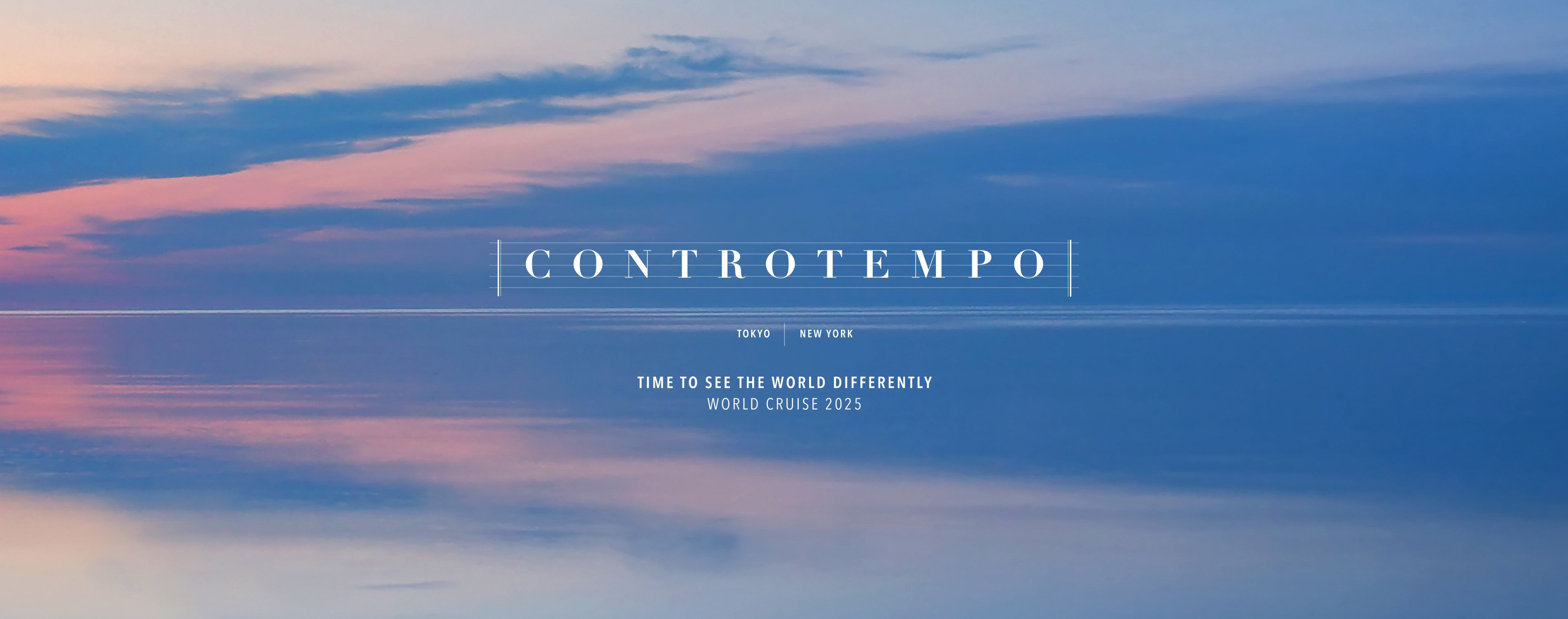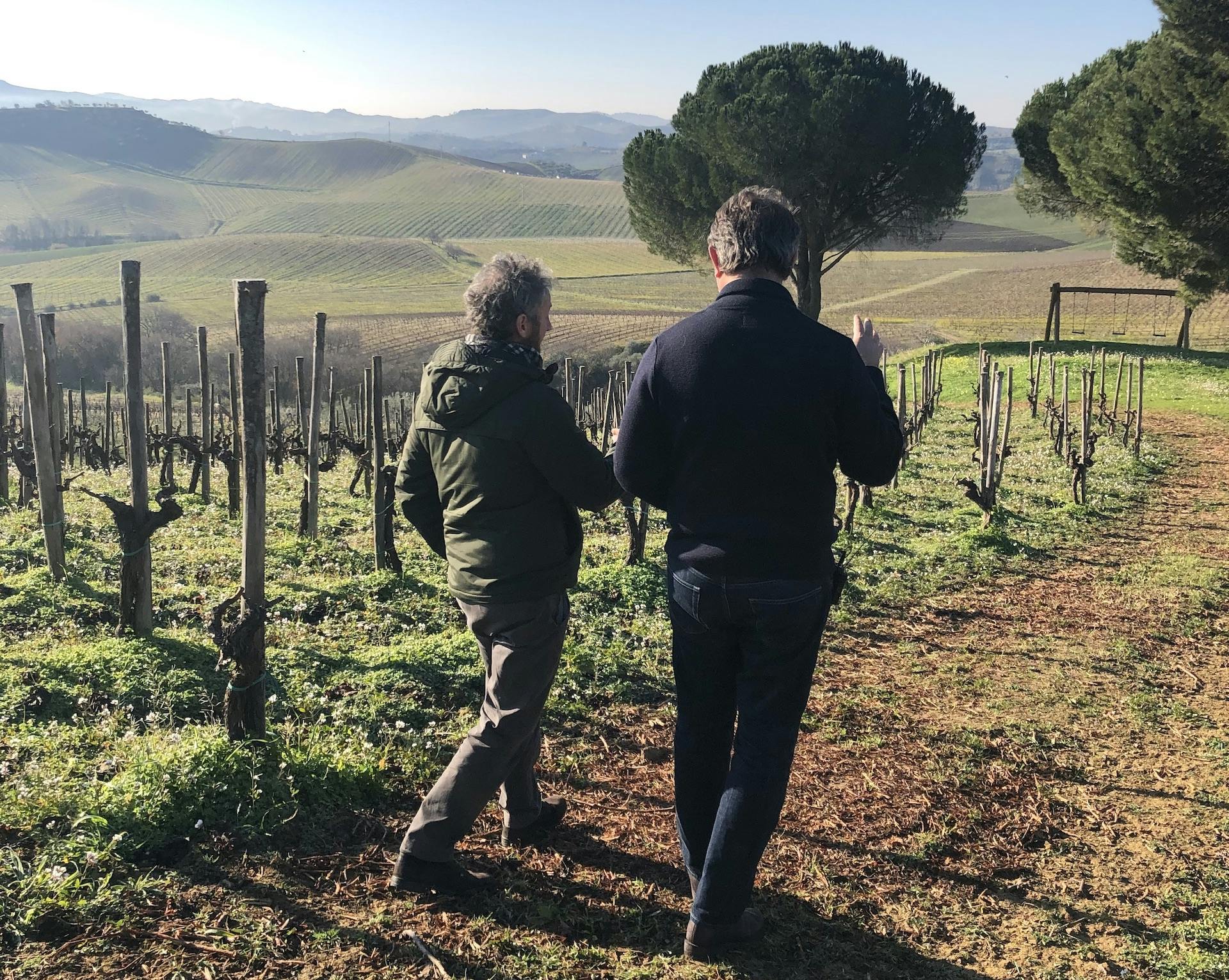Behind the Lens: In Alaska, Wrangell’s Alluring Black Bears
Like most Southeast Alaska towns, Wrangell sits perched on an island hillside, surrounded by a combination of life-giving ocean waters and the spruce, cedar, and hemlock trees of Tongass National Forest. It’s also poised near the mouth of the mighty Stikine River, which is renowned as one of the last truly wild rivers in North America and a dream destination for photographers — thanks, in part, to the black bears found here.
Having visited Wrangell a half-dozen times, by cruise ship and the Alaska State Ferry, I think you’ll discover that your first visit here likely won’t be your last. The video below shows what makes this area so irresistible: Silversea expedition filmmaker Ross McDonald captured the salmon run experience with up-close looks at the various wildlife that come for this annual feast.
If you visit Wrangell when the fish are running, you’re in for an unusual bear-viewing experience at Anan Creek Wildlife Observatory, about an hour from town by boat.
It starts out looking like any other Alaska salmon stream during the summer fish return season: The spawning fish cluster so densely in the creek’s mouth that their massed, mottled backs look like dappled light reflecting off the rocky creek bottom. It’s the equivalent of an all-you-can-eat fish buffet for the bears, who flock to the stream banks. Bears aren’t typically social animals, but having such an abundant source of food makes it easier for them to tolerate each other’s presence — and ours.
A fascinating community of bears
Most bear-viewing areas are filled with massive, clumsy brown bears. At Anan Creek, you’re more likely to find the creek dotted with smaller, more agile black bears.
It’s not that unusual to see a black bear near a fish stream, but it’s rare to see them in the profusion you’ll often find here. On a typical summer day, the black bears are everywhere at Anan Creek: fishing salmon out of the creek, walking the railing of the observation platform as if it’s a balance beam, climbing trees and even ambling down the narrow, rainforest boardwalk that humans use to reach the observation platform.
It’s even rarer to see brown bears and black bears fishing side by side, but that happens with some frequency at Anan Creek. Usually the smaller, shyer black bears hide from the bigger cousins that can easily injure them; the fact that both species tolerate each other at close distance is a mark of just how alluring all those fish really are.
I think it’s the inevitability of it all that draws us to watch bears at places like this. The stakes are obvious for the fish: They die after they finish spawning. They’re not getting out of this alive, no matter what. But each day spent fishing by the stream is life-or-death drama for the bears, too — the consequences just aren’t as immediate. They’re going to lose anywhere from a quarter to half their body weight while hibernating during the winter, so if they can’t pack on a big enough cushion of fat now, they have very poor odds of making it through to next spring.
Both species throw themselves wholeheartedly into the singular moment that is all they have, on different ends of the great wheel of life that never, ever stops turning. We’re on that same wheel too, of course, but most of our everyday lives are so cushioned by the niceties of modern life — comfortable homes, opposable thumbs — that we glimpse it only dimly, if at all. It’s hard not to be affected by an up-close view of the raw reality as each fish struggles upstream to meets its fate and the bears gorge in preparation for theirs.
Explore Alaska’s wilderness on excursions
If being that close to life-and-death struggles sounds frightening, don’t worry: You’ll be in expert hands with the local guide services that offer tours to Anan Creek, and a carefully constructed set of guidelines helps human visitors and resident bears coexist peacefully. Those same guide services conduct many of the other shore excursions you might join, from jet boat tours up the wild length of the mighty Stikine River to visiting the seemingly always-calving LeConte Glacier; you could go hiking, whale watching or catch a few fish for yourself.

No matter which excursions you choose, you can count on being delightfully outnumbered by the wildlife that call this place home. There are migratory birds stopping over from their epic journey along the Pacific Flyway in May and June. You could spot bears, eagles and even a few wolves drawn to feast on salmon in July and August. And of course there is an abundance of whales, sea lions, otters and seals at play in the sea. All you have to do is get out there and see them.
Want to see black bears and other wild highlights of Alaska? Check out Silversea’s Alaska cruises.



















